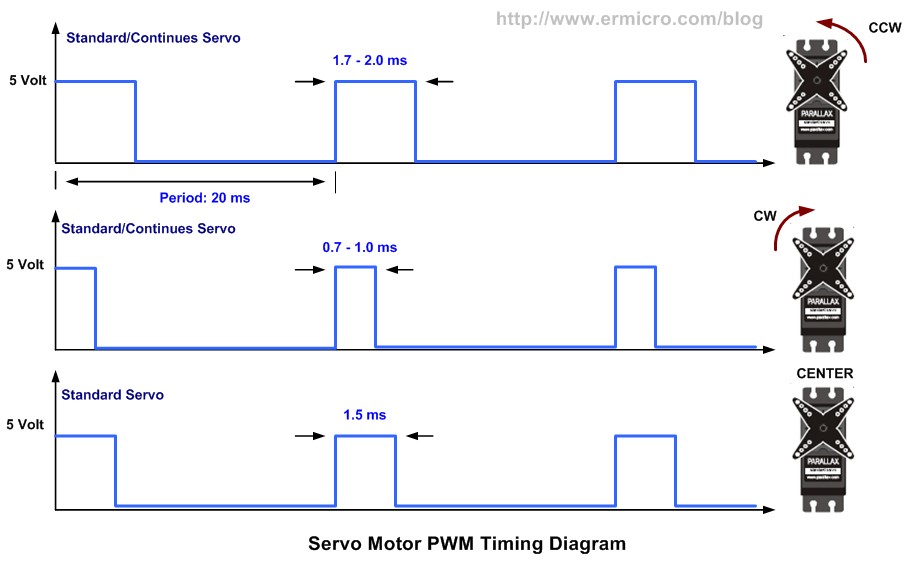Busybox選單有詳細的說明使用步驟,所以我下面列那些東西都是從busybox內的說明照抄的
建立步驟如下
(1)先確定linux kernel config中有UNIX98_PTYS和DEVPTS_FS
(2)確定busybox conifg有LOGIN和FEATURE SUID
(3)在目標板/dev資料夾下建立pts資料夾和製作ptmx character device node,範例如下
(1)先確定linux kernel config中有UNIX98_PTYS和DEVPTS_FS
(2)確定busybox conifg有LOGIN和FEATURE SUID
(3)在目標板/dev資料夾下建立pts資料夾和製作ptmx character device node,範例如下

(4)下指令mount –t devpts devpts /dev/pts
(5)新增user root(adduser root)
(6)修改/etc/passwd(root::0:0:root,,,:/root:/bin/sh)
(7)啟動telnetd(telnetd &),然後從遠端telnet到你的目標板並輸入帳號root即可使用shell,畫面如下
(5)新增user root(adduser root)
(6)修改/etc/passwd(root::0:0:root,,,:/root:/bin/sh)
(7)啟動telnetd(telnetd &),然後從遠端telnet到你的目標板並輸入帳號root即可使用shell,畫面如下

